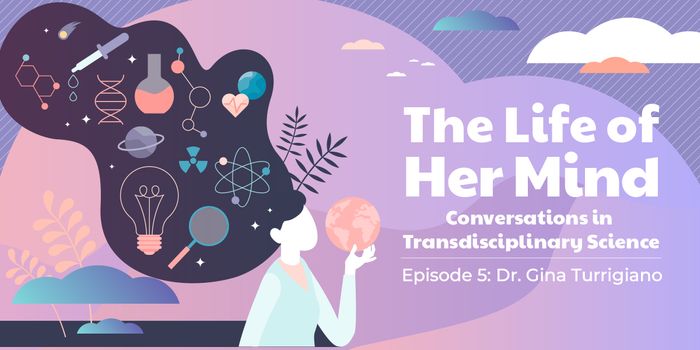Are you sleeping right? The sleep stages explained
Are you having trouble sleeping? Well, you're not alone. The number of people affected by sleep problems such as sleep apnea or insomnia is startling high (4% of adults in the US take sleeping pills every month!), and given the importance of sleep, there's been a lot of research on understanding the different stages of sleep. Maybe, like me, you thought it was either all REM or... just not. But sleep stages are actually much more complex, with four specific stages that had already been described by scientists Eugene Aserinsky and Nathaniel Kleitman at the University of Chicago by 1953.
To start, sleep stages are categorized by the electrical activity in the brain using an EEG. In order to figure out that activity, sleeping people are monitored in a sleep center so that scientists can study how their brains change throughout the night. During the first two stages of sleep, known as light sleep, the frequencies seen on an EEG show low amplitude and high frequency waves (Stage 1) and, later sleep spindles and K-complex (Stage 2). Spindles are important for deciding which memories stay in our brains after the day and which get tossed. After Stage 2, we enter into Stage 3, which is known as deep sleep and is especially important to overall restfulness. Want to know what Stage 4 is for? Watch the video to find out!








